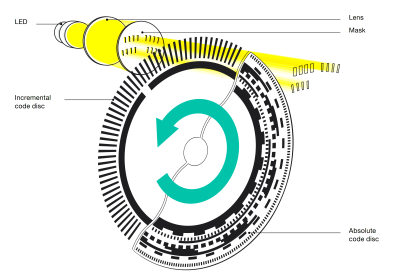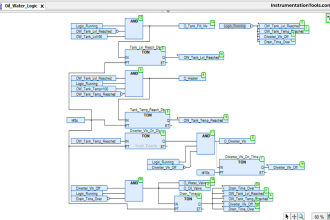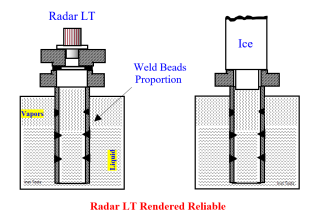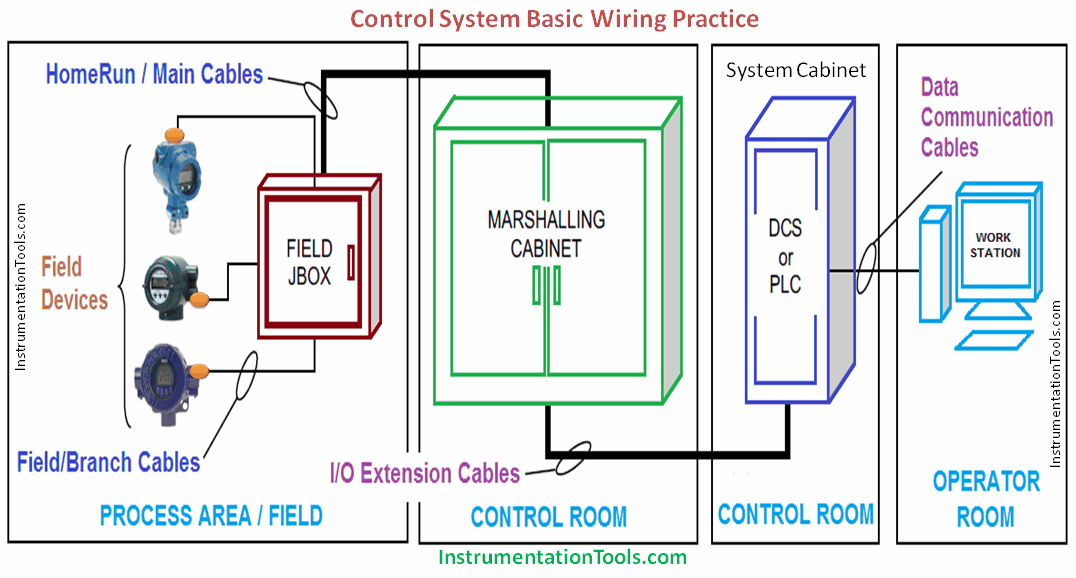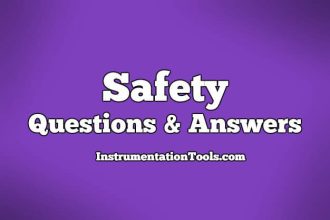Measuring the float voltage of cells is usually easy, but how useful are the results produced by this measurement?
In reality, float voltage measurements are of limited value. They can be used to confirm that the charger is working, but they give no information at all about the batteries state of health. Measuring the float voltage of a cell will also show whether or not it is fully charged, but it is important to remember that, just because a cell is fully charged, this doesn’t mean that it will deliver full capacity. It is by no means unusual for a battery that is close to failure to have a float voltage that is within acceptable limits.
A low float voltage may indicate that there is a short in the cell. In a lead-acid battery, this should be suspected if the float voltage is 2.06 V or less, assuming that the charger is set for 2.17 V per cell. In other cases, a cell may float at a considerably higher voltage than average. This may be because the high float voltage cell is compensating for another weaker cell that is floating low. It is also possible for one cell to float high to compensate for several cells that are floating a little low, because the total of all the cell float voltages must always equal the charger setting.
How important is inter-cell connection resistance?
Experience shows that loose inter-cell connections that heat up and melt open are responsible for more battery failures than defective cells. This is a particular problem with lead-acid batteries that are frequently cycled, as the negative terminal may cold flow, thereby loosening the connection. Checking inter-cell connection resistance is, therefore, vitally important. It is, however, essential to follow the correct sequence of test when working on multi-post batteries, and also to ensure that the instrument employs a method of testing that will provide valid results in this application.
How often should battery impedance testing be carried out?
The best frequency for impedance testing depends on the battery type, the site conditions and previous maintenance practices. The IEEE 11888 standard for VRLA batteries recommends, for example, that a baseline impedance measurement is made six months after the battery has been put into service, and that further impedance measurements are made at quarterly intervals there-after. For NiCd and flooded lead-acid batteries, Megger recommends impedance testing at six monthly intervals. Impedance measurements should also be made immediately before carrying out every capacity test.
How to predict when I need to change a cell?
Even though the correlation between battery capacity and impedance is not mathematically perfect, increase in impedance is an excellent indicator of battery health. Megger has found that, for flooded lead-acid batteries, a 20% increase in impedance generally indicates that the battery capacity has declined to about 80% of its initial value. For VRLA batteries, the corresponding impedance increase is closer to 50%. When these figures are reached, it is usual to consider that cell replacement is necessary.
When should I stop changing cells and simply replace the whole battery?
In short strings (less than 40 cells), it’s advisable to replace the entire battery when between three and five cells have been changed. For longer strings, replacement is advised when more than 10% of the cells have been changed.
Will capacity testing damage my battery?
Battery systems are designed to provide back-up supplies during power outages. Since a discharge test is nothing other than a simulated power outage, there is no risk of battery damage. Batteries can normally be deep discharged (that is, discharged to the manufacturer’s end-of-discharge voltage) between 100 and 1,000 times, depending on the type of battery. Using a few of these discharge cycles for capacity testing has a negligible effect on overall battery life. Nevertheless, there is no reason to carry out discharge testing more frequently than recommended by the relevant standards.
Is it possible to carry out a discharge test on a battery while it is still on line?
Yes, provided that the right test equipment is used. Megger, for example, has testers that automatically sense and regulate the discharge current even when the batteries are connected to their normal load. Most users choose to make an 80% discharge test if the battery is to remain on line, thereby ensuring that there is still some back-up capability remaining at the end of the test.



